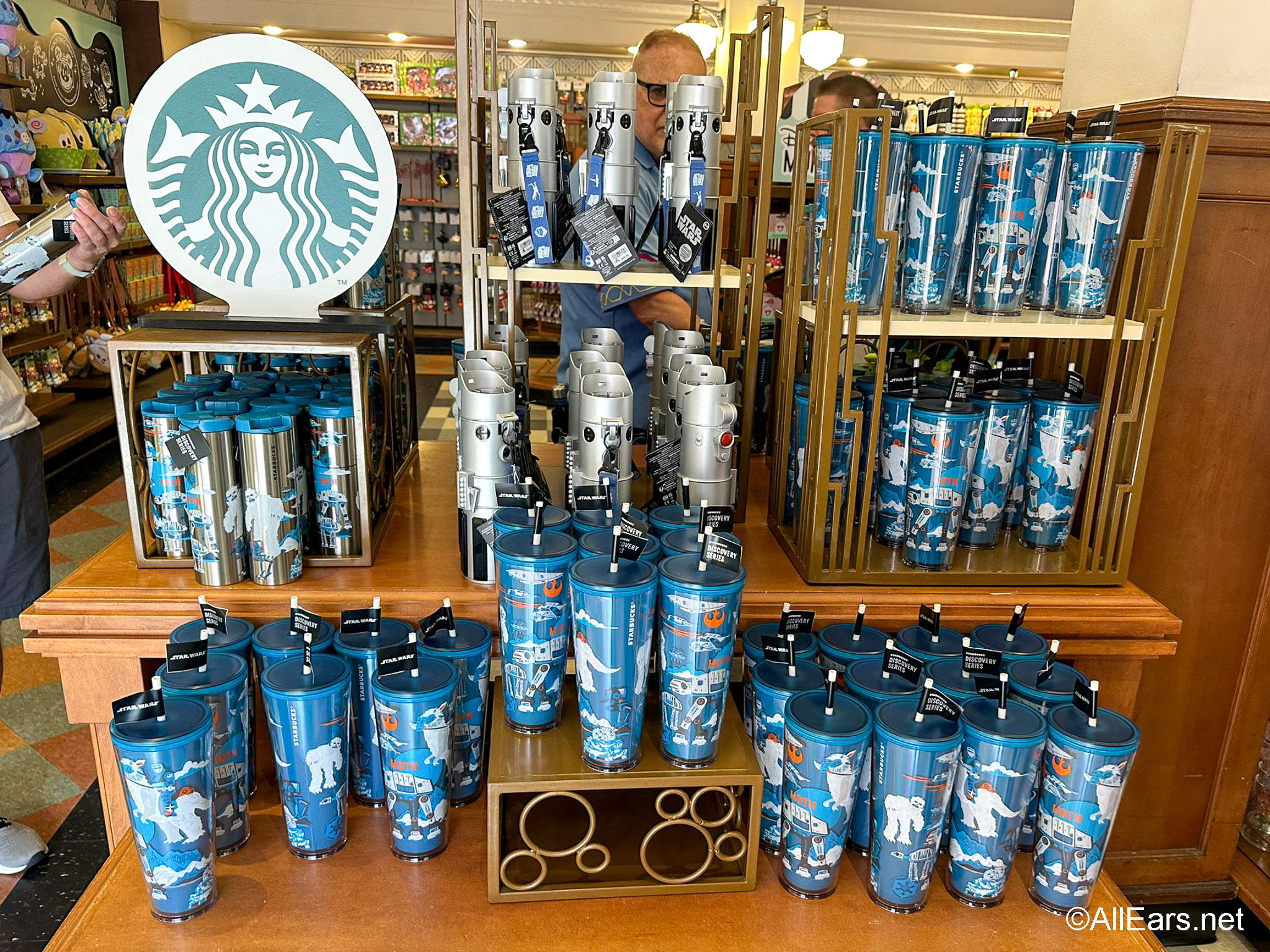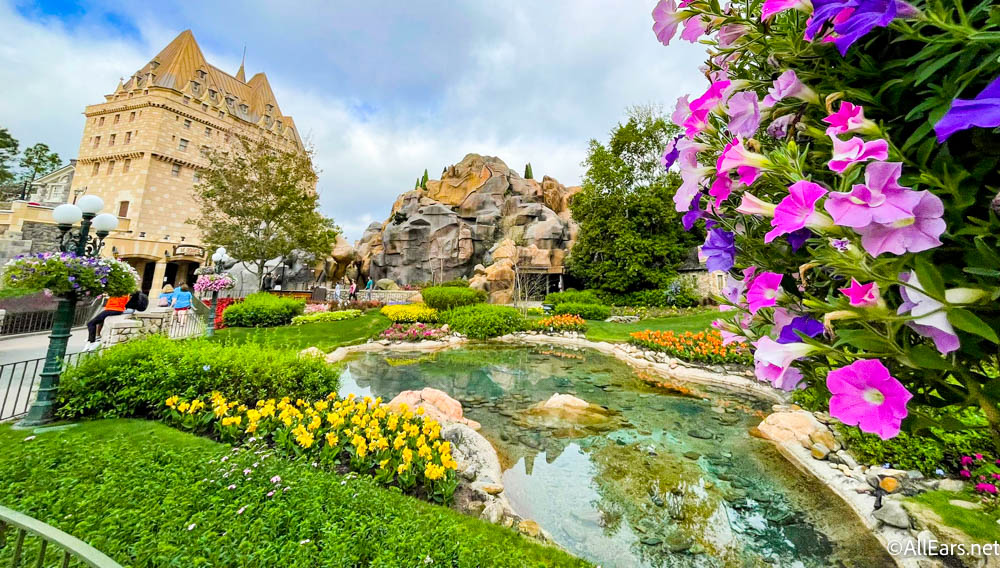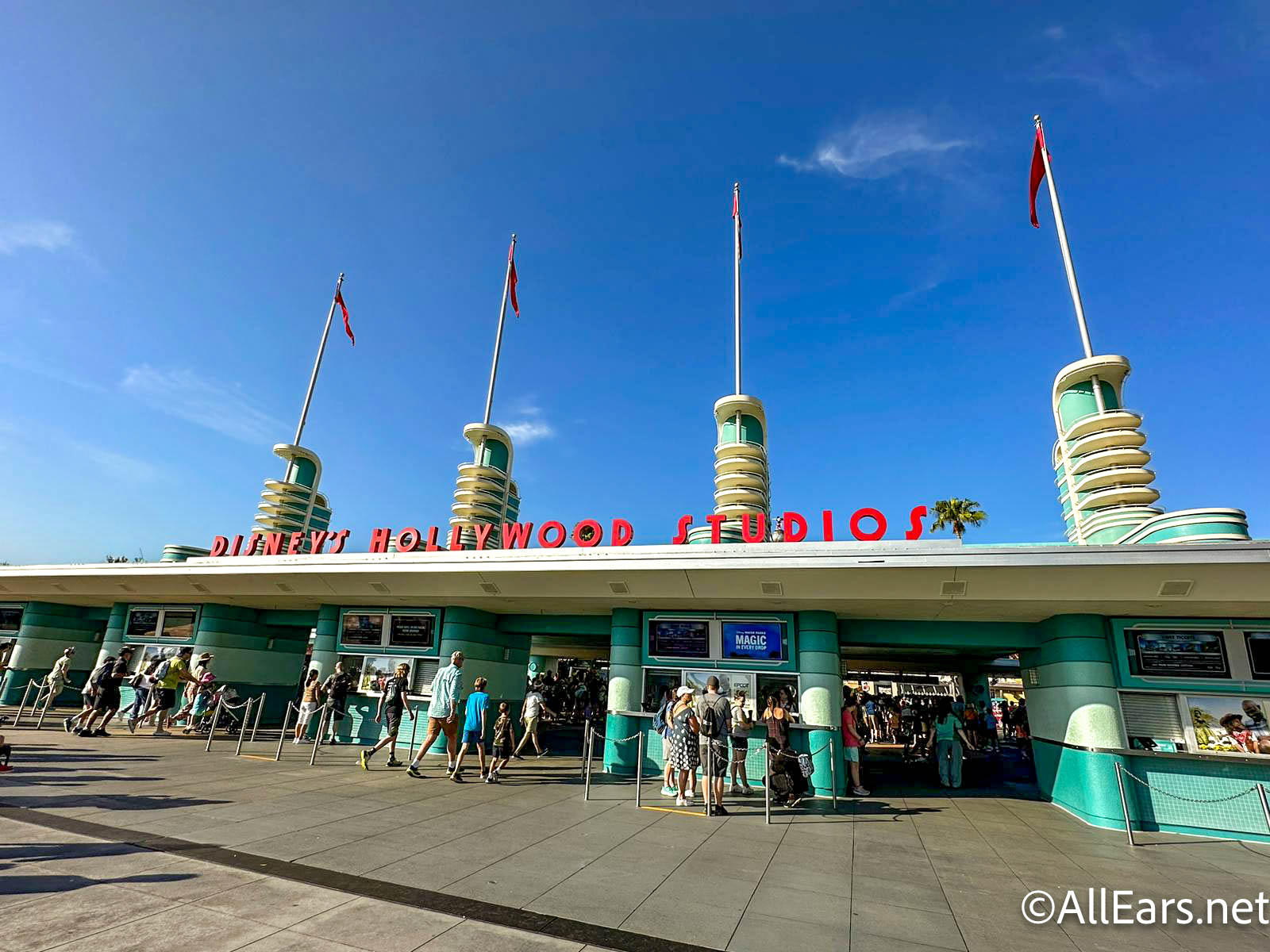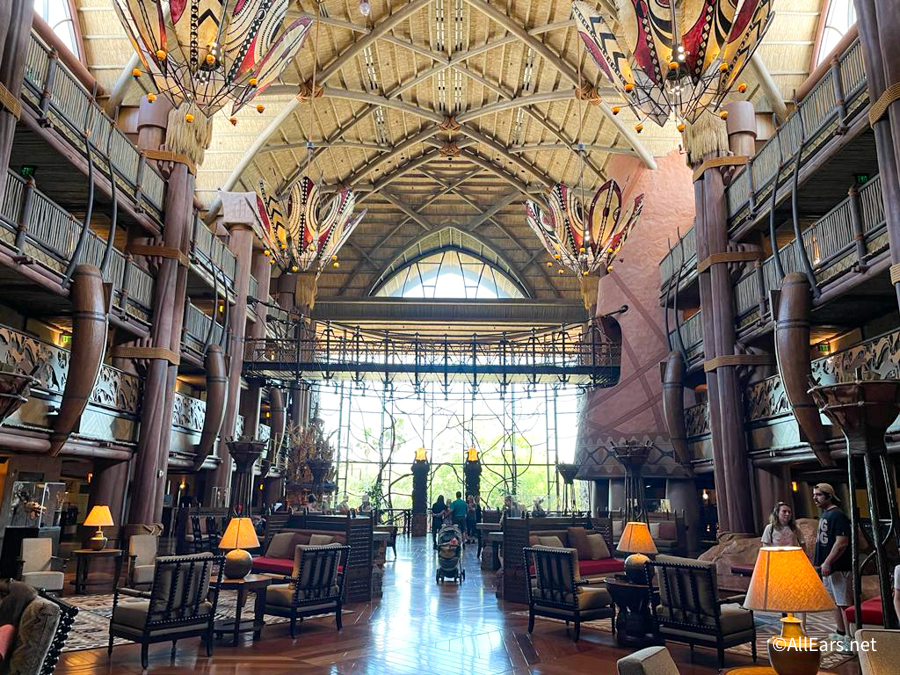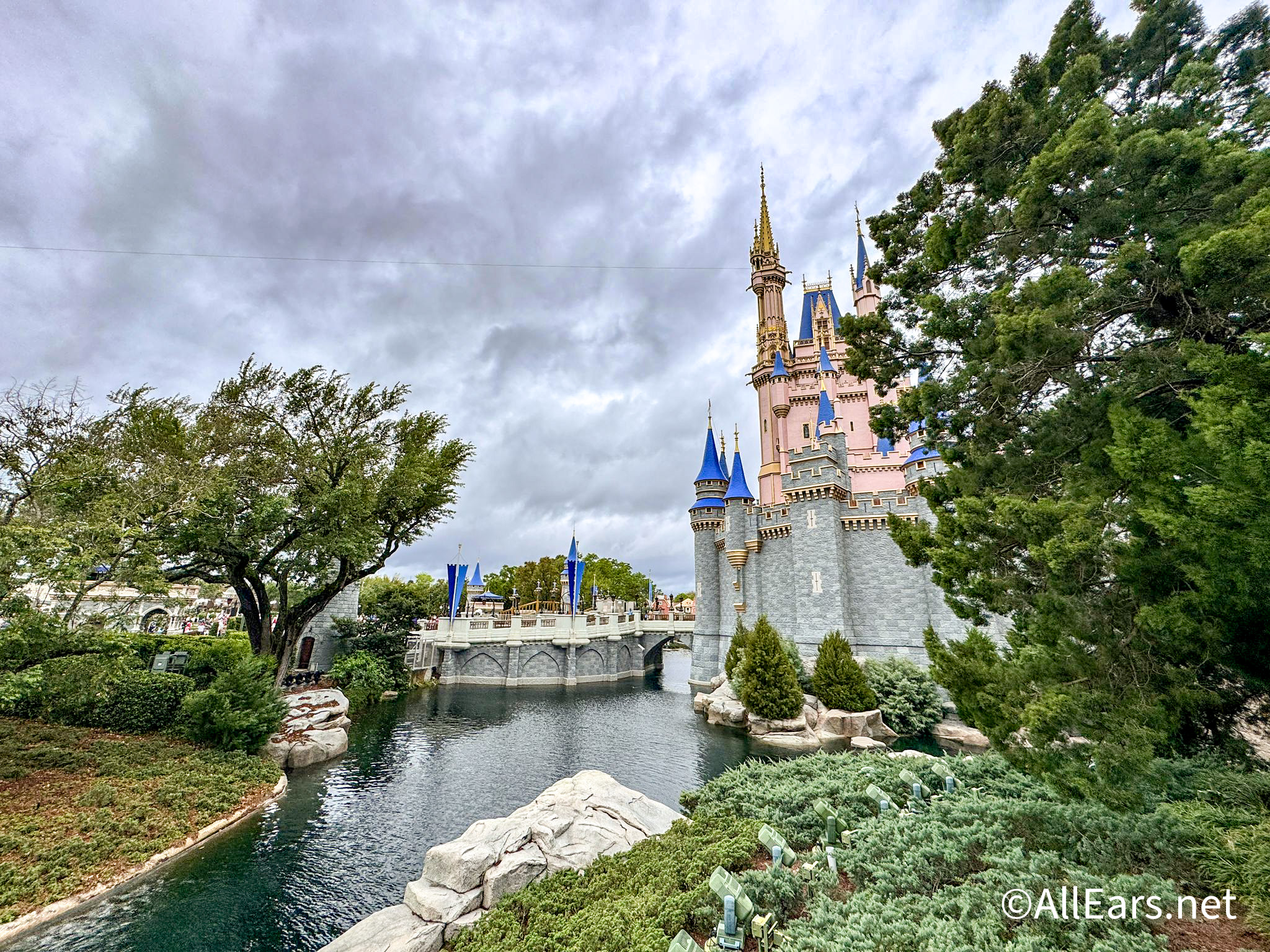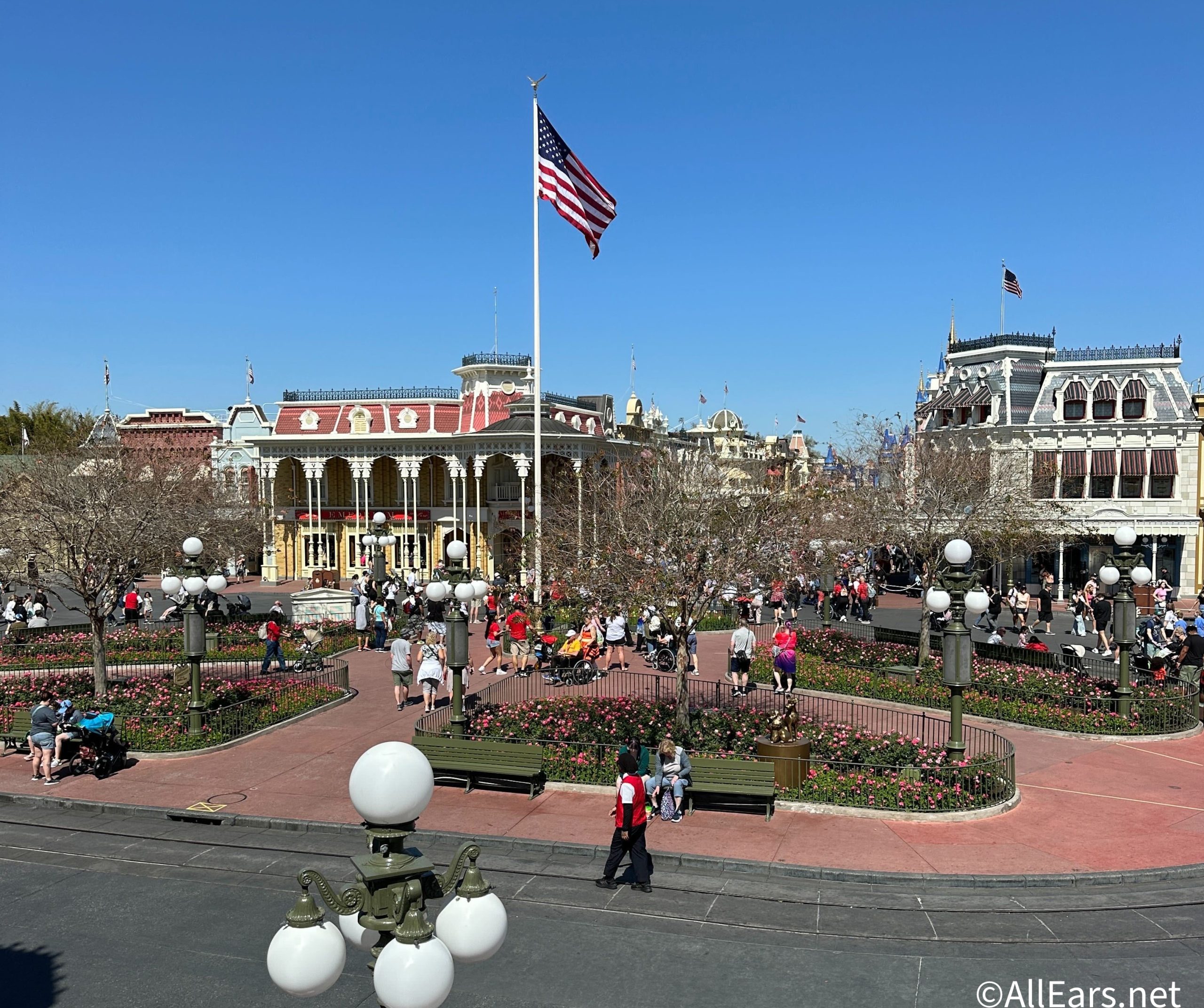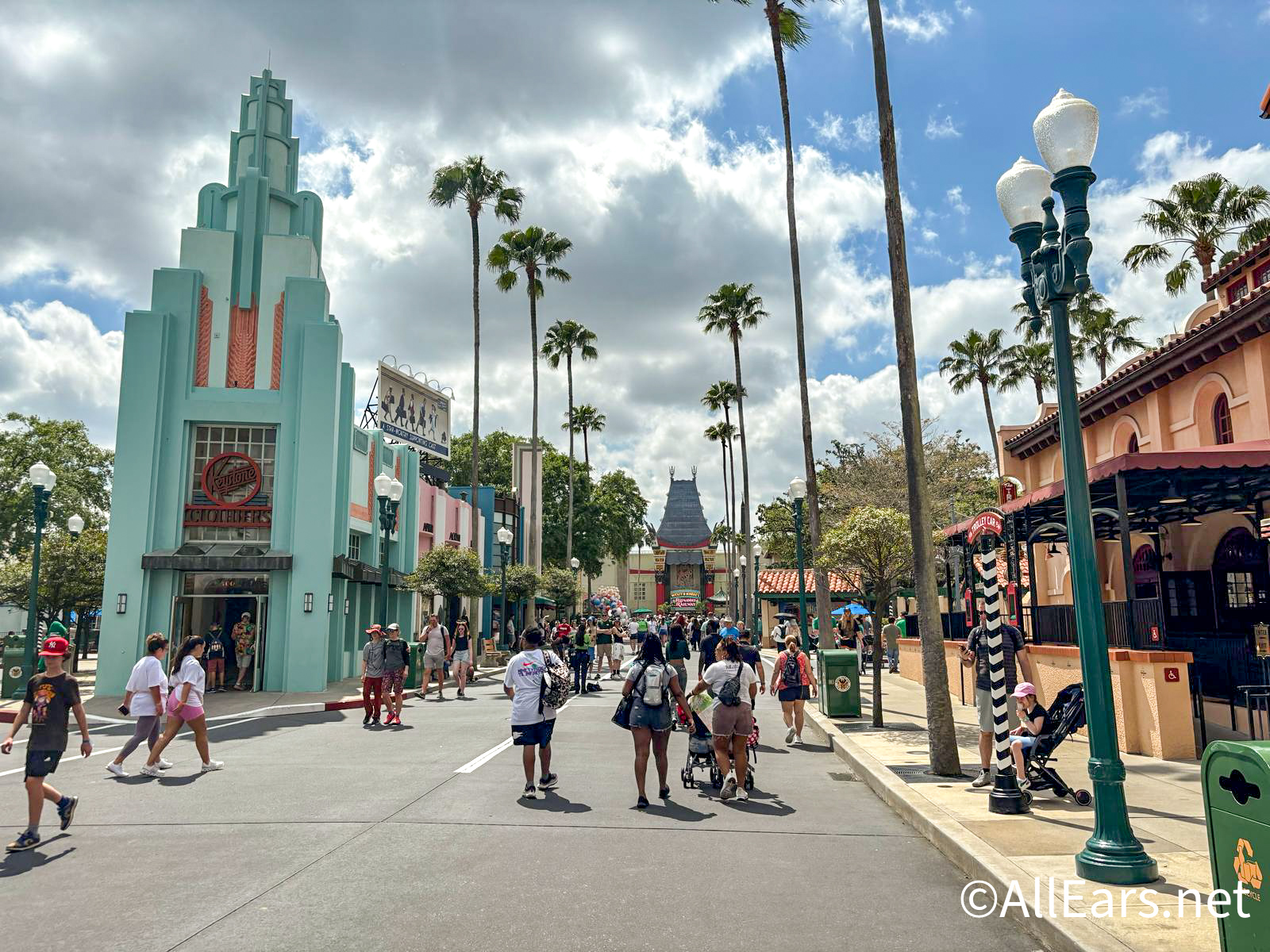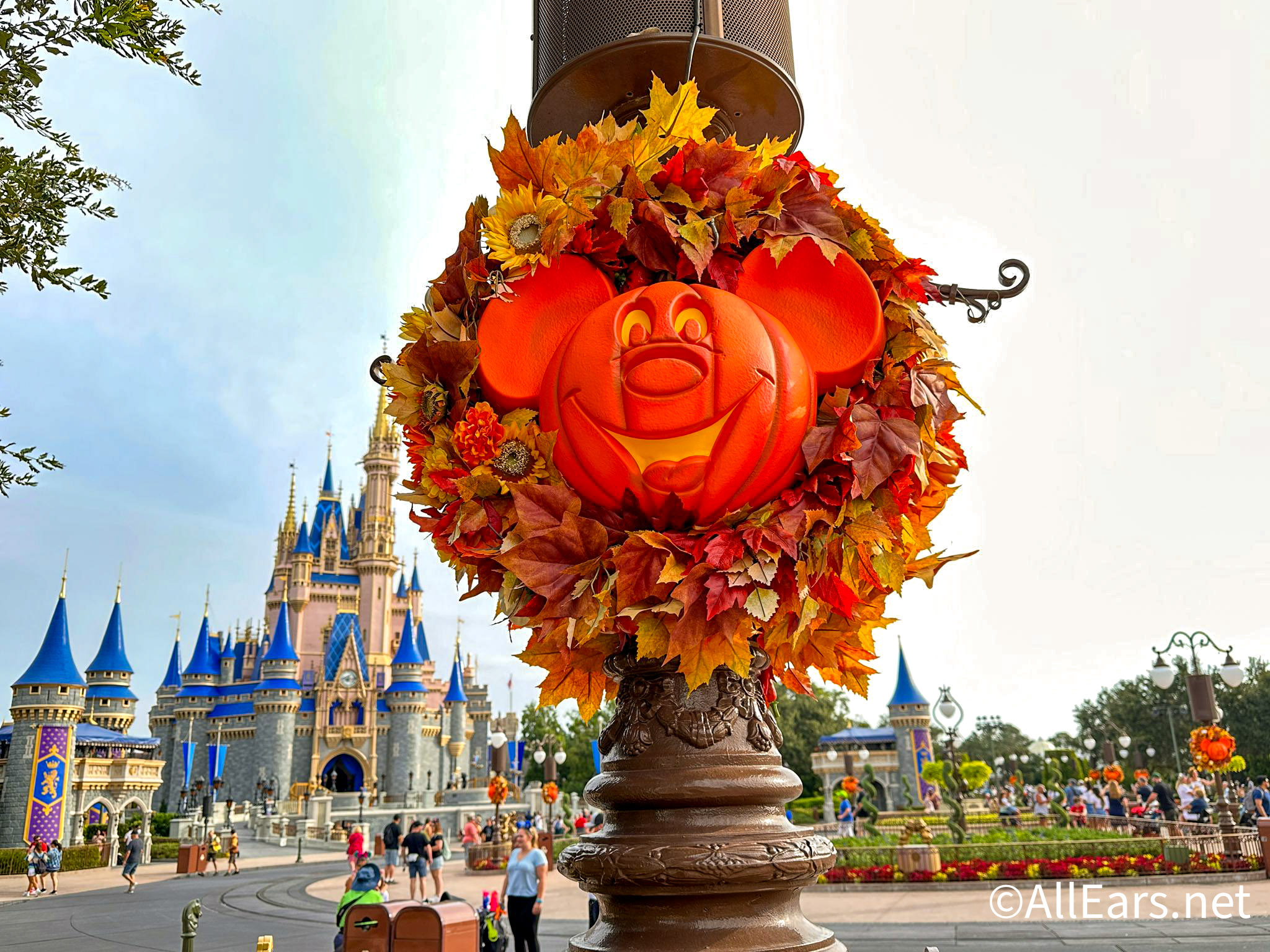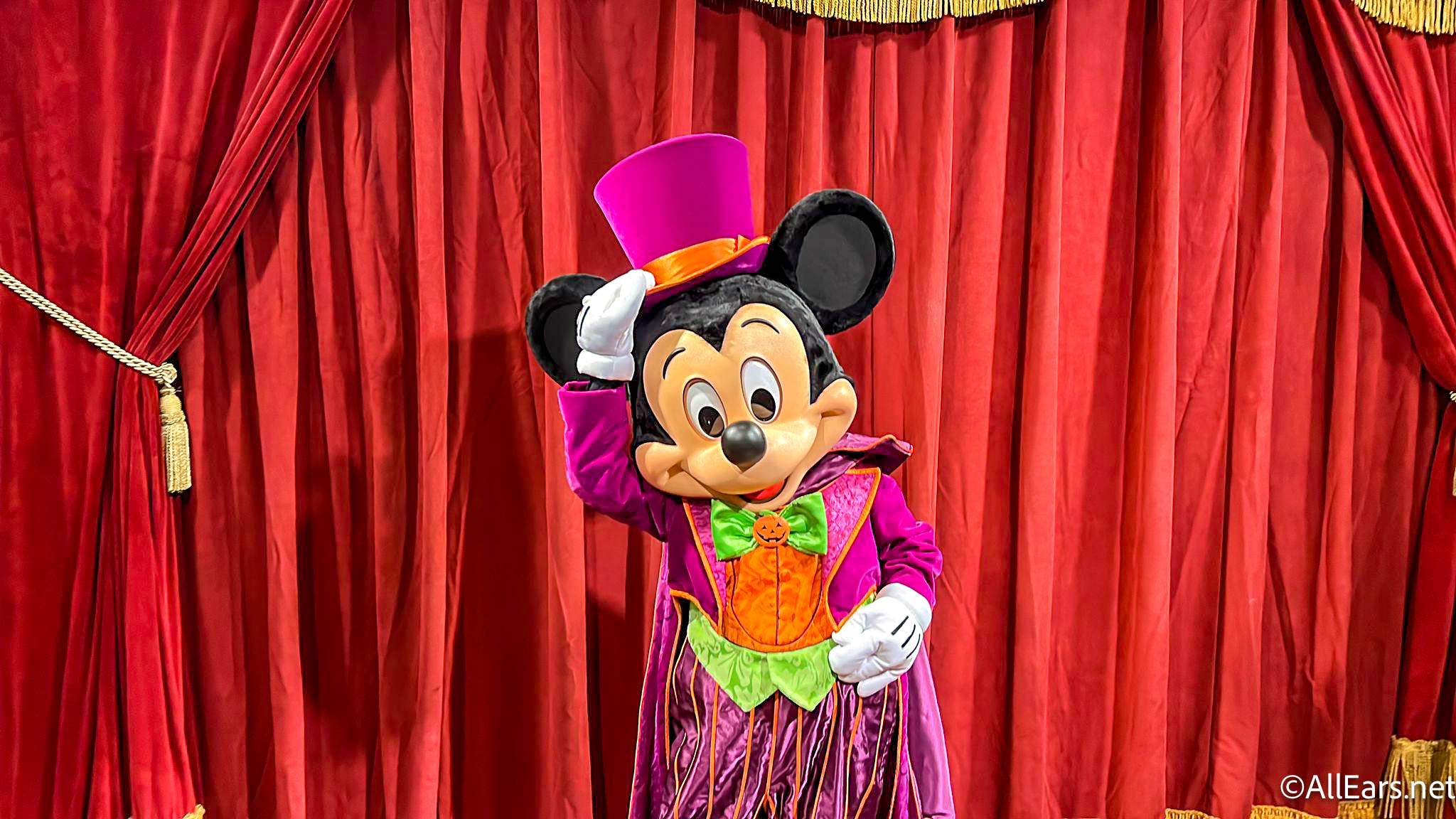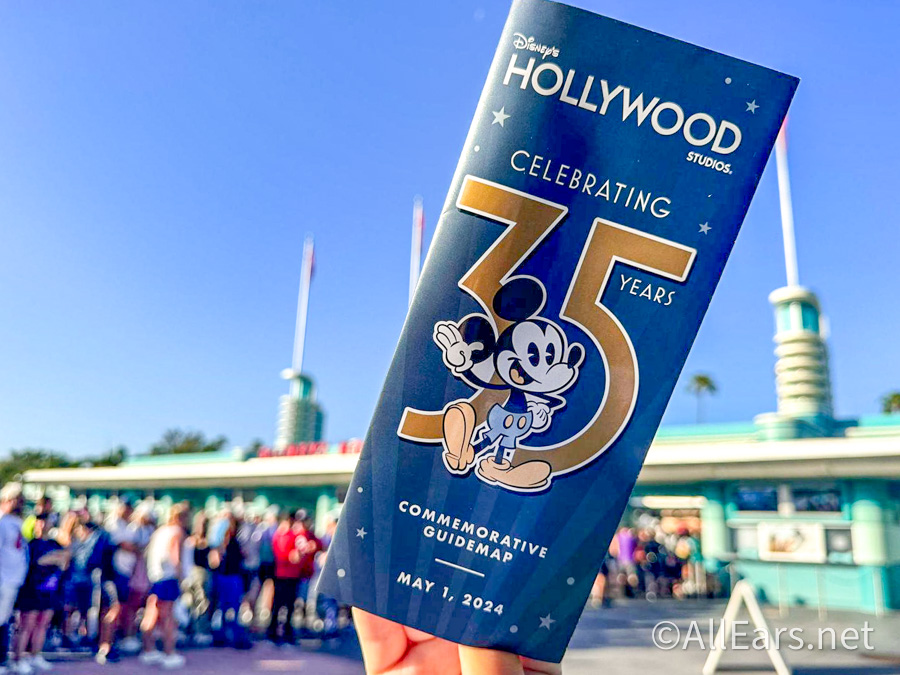Step Back in Time – A Tribute to EPCOT Center’s HORIZONS
by Lou Mongello
This article first appeared in the May 29, 2007 issue of All Ears® Newsletter
As part of a personal tribute to Epcot's upcoming 25th Anniversary this October 1, I wanted to celebrate by looking back at EPCOT Center's history and original attractions through discussions on my WDW Radio Show podcast, and in a series of Step Back in Time articles here on AllEarsNet.com as well.
I want to start with what I, and many others believe is one of the most beloved and missed attractions in all of Walt Disney World – Horizons. When I started preparing for this piece, I wasn't really sure if it was just sentimentality and sense of nostalgia that made me think I missed and enjoyed it so much. But watching videos and going through old documents and books during research really made me remember why I miss this attraction so much, and am sad that it is no longer a part of Walt Disney World. To be honest, I could talk about this for hours (I know – shocker that I could talk for hours LOL), because there is SO much about this – from the attraction's history, themes, technology and message. So I wanted to invite you to journey on my Walt Disney World Wayback Machine with me to visit this amazing attraction and pavilion.
In this article, I am going to go through the origins and history of the attraction, as well as some of the pervasive themes that ran through it. I'm also going to take you with me on a trip through the ride itself while pointing out some of the fun facts and trivia, the music, when and why it closed and more, so let's get started…
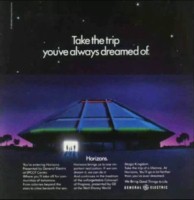 Let's go back in my Wayback Machine to early 1982, before EPCOT Center opened. If you remember seeing EPCOT Center on the monorail while it was nearing completion, you may recall that there was no building for Horizons, just a large steel framework in place – not even half finished at the time. Site preparation for Horizons began on August 5, 1981 with construction beginning January 1982. It would span 21 months until completion and was part of what was known as "PHASE II" of EPCOT Center. The building sat on three acres, was 78-feet high and had 2 floors. It also went underground as well. This massive structure actually was made up of more steel than Spaceship Earth, as it totaled over 3700 tons! The design of the building was very much like that of a big spaceship. In fact, many early promotional items actually depicted a nighttime scene with a bright door opened to lighted inside- reminiscent of Close Encounters of the Third Kind!
Let's go back in my Wayback Machine to early 1982, before EPCOT Center opened. If you remember seeing EPCOT Center on the monorail while it was nearing completion, you may recall that there was no building for Horizons, just a large steel framework in place – not even half finished at the time. Site preparation for Horizons began on August 5, 1981 with construction beginning January 1982. It would span 21 months until completion and was part of what was known as "PHASE II" of EPCOT Center. The building sat on three acres, was 78-feet high and had 2 floors. It also went underground as well. This massive structure actually was made up of more steel than Spaceship Earth, as it totaled over 3700 tons! The design of the building was very much like that of a big spaceship. In fact, many early promotional items actually depicted a nighttime scene with a bright door opened to lighted inside- reminiscent of Close Encounters of the Third Kind!
But why wasn't it ready for EPCOT Center's opening in October, 1982? Well, it was partially because of all the changes it went through, starting with the name of the attraction and pavilion itself.
Horizons, like all attractions, went through several concept revisions before the attraction premiered on October 1, 1983 – exactly one year to the day after the park opened. The pavilion was originally going to be called Century 3 (or Century III), which signified the United States entering its third century as its own nation. Imagineers and GE executives soon realized that the attraction, as well as EPCOT itself, was not just for Americans, so the name was temporarily changed to "FutureProbe." However, that name was also quickly dismissed, as it seemed to have too much of a medical connotation. The ride's main themes were developed by the two former CEOs of General Electric, Reginald Jones, and Jack Welch his successor. Finally, the concept team chose the name "Horizons," around September 1981 believing that there was always something new on the horizon, and after you reach it, there's another horizon to challenge you.
These early concept designs also had a very different looking show building and attraction altogether. For example, some art shows that the building was going to have a tall observation tower and huge Omnimax theater inside.
Other changes included the actual theme and story for the attraction: In 1979, Disney Legend George McGinnis had plans for what he called an EPCOT EDISON LABS attraction, which would have profiled Thomas Edison and the history of the GE company. It was quickly decided that both GE and Disney wanted to keep to the central theme of Future World and EPCOT Center as a whole, and instead the attraction should look towards the future, and not the past.
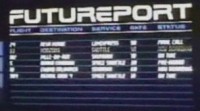 As work progressed, this very unique pavilion was collaborated on by many famous Disney Imagineers. The buckling was designed by George Rester, while Claude Coates did much of the interior layout. Even Marty Sklar had a hand in taking out much of the film and adding Audio-Animatronic elements! George McGinnis was the Project Designer and modified the designs until the pavilion was completed. One of the fun design choices he allegedly made was in making the underwater submarine and space colony shuttles similar in shape and design. This would allow the scenes to easily transition from one to another using technology designed by Don Iwerks (as in son of Ub). Some of his designs never made it in the final building, including a "star tunnel" and Speedramps (think Space Mountain) at the end of the attraction, which would show images from GE, the corporate sponsor. This was eliminated by GE's Chairman Jack Welch, who said it looked too much like a commercial and had it pulled. That was a GOOD thing, in my opinion, as it led to the famous Choose Your Own Ending!!
As work progressed, this very unique pavilion was collaborated on by many famous Disney Imagineers. The buckling was designed by George Rester, while Claude Coates did much of the interior layout. Even Marty Sklar had a hand in taking out much of the film and adding Audio-Animatronic elements! George McGinnis was the Project Designer and modified the designs until the pavilion was completed. One of the fun design choices he allegedly made was in making the underwater submarine and space colony shuttles similar in shape and design. This would allow the scenes to easily transition from one to another using technology designed by Don Iwerks (as in son of Ub). Some of his designs never made it in the final building, including a "star tunnel" and Speedramps (think Space Mountain) at the end of the attraction, which would show images from GE, the corporate sponsor. This was eliminated by GE's Chairman Jack Welch, who said it looked too much like a commercial and had it pulled. That was a GOOD thing, in my opinion, as it led to the famous Choose Your Own Ending!!
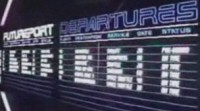 So, after all of the "tweaking" wand tinkering had been done, the pavilion opened on Epcot's 1st anniversary and Walt Disney World's 12th. Horizons was "dedicated to humanity's future. It is a careful synthesis of all the wonders within Epcot, and applies the elements of communication, energy, transportation, creativity, and technology to a better life-style for the family of the future." (from "A Pictorial Souvenir of Walt Disney World" © 1990 Disney). We will see that mission accomplished through the attraction's numerous themes.
So, after all of the "tweaking" wand tinkering had been done, the pavilion opened on Epcot's 1st anniversary and Walt Disney World's 12th. Horizons was "dedicated to humanity's future. It is a careful synthesis of all the wonders within Epcot, and applies the elements of communication, energy, transportation, creativity, and technology to a better life-style for the family of the future." (from "A Pictorial Souvenir of Walt Disney World" © 1990 Disney). We will see that mission accomplished through the attraction's numerous themes.
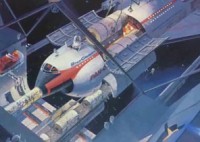 Horizons truly was representative of all of the themes of EPCOT and Future World specifically. In fact, it was a singular attraction that encompassed all of the themes of Future World such as: Communications from Communicore, Energy as in the Universe of Energy, Transportation from the World of Motion, Food from The Land, Earth and communications as depicted in Spaceship Earth, Technology from all of Future World, human life from Wonders of Life, the oceans from The Living Seas and the power of dreams as evidenced in the Imagination! pavilion. Most importantly, though, it carried over the central theme of ALL things that Disney does – from its films to theme parks and all forms of entertainment – that's FAMILY. In fact, Horizons was meant to be the "sequel" attraction to the Carousel of Progress -this was the next generation family we would get to meet, much as we came to know the Progress family so well.
Horizons truly was representative of all of the themes of EPCOT and Future World specifically. In fact, it was a singular attraction that encompassed all of the themes of Future World such as: Communications from Communicore, Energy as in the Universe of Energy, Transportation from the World of Motion, Food from The Land, Earth and communications as depicted in Spaceship Earth, Technology from all of Future World, human life from Wonders of Life, the oceans from The Living Seas and the power of dreams as evidenced in the Imagination! pavilion. Most importantly, though, it carried over the central theme of ALL things that Disney does – from its films to theme parks and all forms of entertainment – that's FAMILY. In fact, Horizons was meant to be the "sequel" attraction to the Carousel of Progress -this was the next generation family we would get to meet, much as we came to know the Progress family so well.
The attraction itself was very unique for a variety of reasons. It started with a fascinating queue, which previewed what you would see on your journey through the representation of "FuturePort", a sort of futuristic airport, where you could see artistic illustrations of your possible destinations. There were signs showing FuturePort Departures (note the reference to old name for Horizons), shuttles to MagLev Express to Mesa Verde (the desert scene), Sea Castle, Brava Centauri space colony – All the places you would see on your journey, and the endings you could choose from.
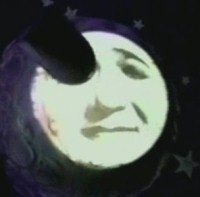 The attraction vehicles were very unique in that they traveled sideways. Up to 4 (skinny) people could fit in each car, with a horizontally sliding doors closing you in. The load time for Horizons was about 4.8 seconds, allowing for 696 people on the 15-minute ride at one time. There was 1346 feet one which 184 ride vehicles rode at a whopping 1.5 feet/second. They were not quite the same as the Haunted Mansion's Omnimovers, but were similar in some respects (e.g. continuous loading, etc.). One notable difference was that the Horizons vehicles actually titled backwards to give you the feeling of forward motion, too!! Of course, these vehicles used GE technologies in that the vehicles were powered by GE motors and drive systems, created using GE polycarbonate materials, and could be seen beautifully thanks to the GE lighting used throughout the building.
The attraction vehicles were very unique in that they traveled sideways. Up to 4 (skinny) people could fit in each car, with a horizontally sliding doors closing you in. The load time for Horizons was about 4.8 seconds, allowing for 696 people on the 15-minute ride at one time. There was 1346 feet one which 184 ride vehicles rode at a whopping 1.5 feet/second. They were not quite the same as the Haunted Mansion's Omnimovers, but were similar in some respects (e.g. continuous loading, etc.). One notable difference was that the Horizons vehicles actually titled backwards to give you the feeling of forward motion, too!! Of course, these vehicles used GE technologies in that the vehicles were powered by GE motors and drive systems, created using GE polycarbonate materials, and could be seen beautifully thanks to the GE lighting used throughout the building.
The central theme of the attraction could be seen from the very beginning, where we started by looking back in time at THEIR views of tomorrow (much like today's Tomorrowland in the Magic Kingdom). We saw images of flying to Mars on a daily basis, future living, the "Grand Old man himself, Jules Verne" designs of old flying machines in black and white cut-outs, from 19th Century artist Robida.
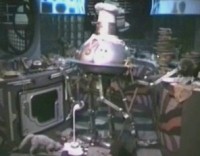 In the next "Easy Living" scene, we witnessed possible future life with our trusty robot vacuuming the room, the narration getting his hair done and shoes shined, and the crazy robot in the kitchen struggling with his multi-tasking. And here's where we see (and hear) our first tie-in to the Carousel of Progress. "Now is the Time" is playing in background as a singer croons to the woman in the tub on the small TV. This starts to illustrate that Horizons was, in fact, the sequel attraction the Carousel.
In the next "Easy Living" scene, we witnessed possible future life with our trusty robot vacuuming the room, the narration getting his hair done and shoes shined, and the crazy robot in the kitchen struggling with his multi-tasking. And here's where we see (and hear) our first tie-in to the Carousel of Progress. "Now is the Time" is playing in background as a singer croons to the woman in the tub on the small TV. This starts to illustrate that Horizons was, in fact, the sequel attraction the Carousel.
The following Next scene had old silent movie clips showing early visions of the future. Your vehicle then spiraled up to the second floor into the neon-lit "50's scene" (which was originally going to be more like the 20's and art deco inspired). Here, the popular 50's futurism movement was showcased by films such as the one showing the "sectional" car wherein everyone would travel to the city together, then the car splits up to take dad to work, mom to store, etc.
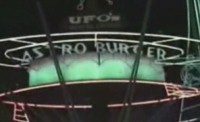 The attraction then opened up to an Omnimax theater through a silicon chip before traveling to the present, and then on to the Future (much like you do in Spaceship Earth!).
The attraction then opened up to an Omnimax theater through a silicon chip before traveling to the present, and then on to the Future (much like you do in Spaceship Earth!).
21st century living was showcased next, and this is where the theme of family I spoke of earlier really became evident – The narrators in the attraction were part of this larger family, who we would get to meet as the ride continued, as each of the family members would be in one of the three possible endings.
In fact, if you look closely at the attraction as a whole, you could see how the story continued all the way through – from the show scenes to the environments to the people you meet, etc. For example, look at how the orange groves were seen numerous times throughout the attraction.
But as I said, it starts (literally and figuratively) at the family. The first future living scene shows the dad making music, and the mom talking to their daughter (who we will see again) on the desert farm using holographic projection. (You also could have noticed the plants growing using hydroponics – a not-so-subtle nod to The Land pavilion). From "Walt Disney's EPCOT Center: Creating the New World of Tomorrow": "Horizon's ride-through attraction culminates in 'Tomorrow's Windows,' a revealing look into future living styles. This city apartment of the future, [above], boasts a spectacular view of the twenty-first-century skyline. While the man plays a "symphosizer," his wife chats with their daughter via holographic teleview. From the control pod of the desert farm, a woman in a jumpsuit directs the work of robot harvesters. Her desert hovercar is parked behind the control pod."
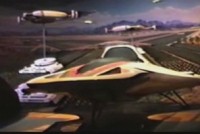 And this is where your senses are first treated to the now-infamous orange smell, thanks to the Smellitizer machines. And here, you could see that the daughter, like everyone else in the future, is wearing requisite jumpsuit. This scene was developed with the University of Arizona's Environmental Research Lab, in order to use real genetic engineering principals to design new plant species and create robotic harvesting machines to give the scene a sense of possible plausibility.
And this is where your senses are first treated to the now-infamous orange smell, thanks to the Smellitizer machines. And here, you could see that the daughter, like everyone else in the future, is wearing requisite jumpsuit. This scene was developed with the University of Arizona's Environmental Research Lab, in order to use real genetic engineering principals to design new plant species and create robotic harvesting machines to give the scene a sense of possible plausibility.
The following scene shows the boy getting his submersible ready and talking to his girlfriend, and the teacher and kids in wetsuits playing with a seal. The "SoloSub" (called the Century 3 Intercolony Transport – note the reference to the early name yet again), he was working on would be the same you one would virtually journey upon if you chose the Sea ending later in the attraction. The Space Colonies showed where the family's son works and lives. Fun scenes included a woman exercising in zero gravity via her upside-down bicycle with projected scene in front of her, as well as the mother, son and dog (Napoleon) floating in the gravity wheel. Today, the gravity wheel in the queue of Mission: Space (which sits on the old Horizons site) is not only reminiscent of this scene, but has a small Horizons logo in center as a tribute to the former attraction.
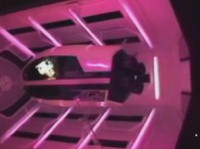 The family reunites for the birthday party of the narrator's grandson. Here you could see a series of 3 screens with "holographic" projections of the other family members scattered around the globe.
The family reunites for the birthday party of the narrator's grandson. Here you could see a series of 3 screens with "holographic" projections of the other family members scattered around the globe.
This demonstrated how families who were separated by long distances from their remote locations on Nova Cite, Mesa Verde, Sea Castle, and Omega Centauri could still spend a birthday "together" virtually using advanced telecommunications (thanks to our good friends at GE, of course).
The grand finale was to come next, wherein you could choose your own ending. Your choices were space, desert, or undersea. There were three touch panels to choose on, and majority ruled. Originally you were going to have 4 choices, as one was going to be a Mag-Lev ride through of a futuristic city called Nova Cite (you could still hear it referred to in the queue and on the FuturePort signage).
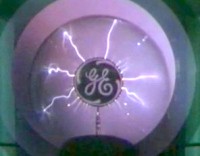 Each of these show scenes had to first be built in miniature built and then filmed, and some of them were huge! For example, the desert scene was 82 feet wide, built in airplane hangar in Burbank, and required the planning of 5,000 miniature trees for the orange grove! It took about a year to complete production, which was quite a bit of work for a 30-second finale! If the scenes seemed somewhat reminiscent of the "Death Star trench" from Star Wars, it's no coincidence, as filing was completed with the help of some of people that worked on that scene in Star Wars! The ability to tilt your vehicle backwards that I spoke of earlier allowed Imagineers to achieve the desired effect of accelerating through the different scenes. Pretty cool, huh?
Each of these show scenes had to first be built in miniature built and then filmed, and some of them were huge! For example, the desert scene was 82 feet wide, built in airplane hangar in Burbank, and required the planning of 5,000 miniature trees for the orange grove! It took about a year to complete production, which was quite a bit of work for a 30-second finale! If the scenes seemed somewhat reminiscent of the "Death Star trench" from Star Wars, it's no coincidence, as filing was completed with the help of some of people that worked on that scene in Star Wars! The ability to tilt your vehicle backwards that I spoke of earlier allowed Imagineers to achieve the desired effect of accelerating through the different scenes. Pretty cool, huh?
Exiting from the vehicle onto the moving ramp (like the Haunted Mansion's), you began to wind your way through the post show and out of the building. Originally, you exited via a "rainbow tunnel" much like the old Journey Into Imagination's post show, then past a huge mural called "The Prologue and the Promise." It was 19 x 160 feet, designed by Bob McCall, and partially based on original concept art for the attraction, as well as the planned Space Pavilion that never came to be. Unfortunately (for us and for Bob), the mural only lasted a few years, as Guests polled didn't seem to realize or appreciate the fact that GE was the sponsor of the pavilion. The mural was removed, and GE logos were added to a "post show" that was nothing more than a way out of the building – no shop, no restaurant, no photo opportunities.
Sadly, GE's decision not to renew it's sponsorship of the pavilion in 1993 signaled the end of an era. All references to the original corporate sponsor were removed, including some audio tracks. Horizons operated without a sponsor until it closed in 1994. It later reopened in December 1995 because the Universe of Energy and World of Motion were about to close for renovation, which would have left only Wonders of Life open in Future World East.
Horizons (a moment of silence, please….) closed for good on January 9, 1999. The building was later completely torn down to pave the way for Mission: SPACE which opened on October 9, 2003. I believe this very well may have been the first time Disney ever destroyed an entire show building rather than use it for a new attraction. There were persistent rumors of structural integrity problems, a collapsing roof, a sinkhole developing, and more, but none of these were ever confirmed or attributed to the cause of the building's demolition. During the mid-90's there was talk about converting the existing structure to a space-themed attraction and pavilion, but of course, that never came to be.
I should note here the attractions' theme song (which I LOVE, by the way), created by George Wilkins – "If We Can Dream It, Then We Can Do It". I feel its theme exemplifies what Epcot and Walt Disney World continue to stand for, and how we should always believe in ourselves.
I hope you enjoyed this trip back in time to visit, explore and enjoy a true "lost treasure" of Walt Disney World. I know that I'm not the only one who is sad to no longer be able to enjoy what was an instant "classic" attraction.
This is just part of my continuing series focusing on Epcot as it once was. To hear my full discussion of Horizons, including rare audio tracks, music and more, listen to the April 29th episode of the WDW Radio Show (http://www.wdwradio.com/shownotes/show012-04-29-07.php), and look for more articles in this series, as we Step Back in Time to visit other pavilions from EPCOT Center's past. Hmm… where to go next? World of Motion? Communicore? Maybe I'll go see the Dreamfinder….
See you next time!!
-=-=-=-=-=-=-=-=-=-=-=-=-=-=-=-=-=-=-
Lou Mongello is the author of the Walt Disney World Trivia Book and owner of DisneyWorldTrivia.com.
Photographs are images and screen caps from Lou's old videos.
Meet the Author: http://allears.net/ae/issue322.htm

